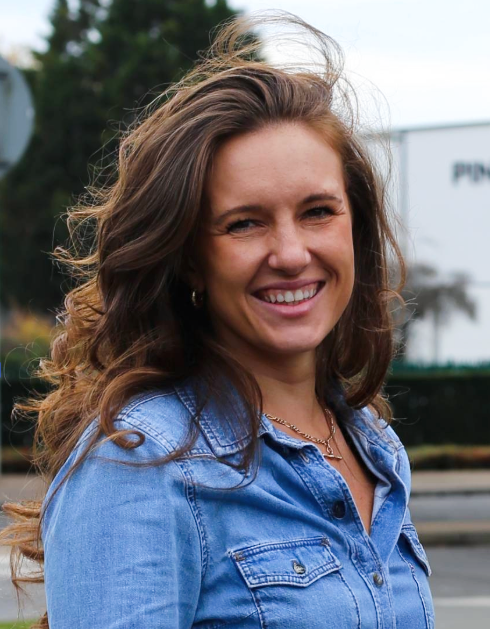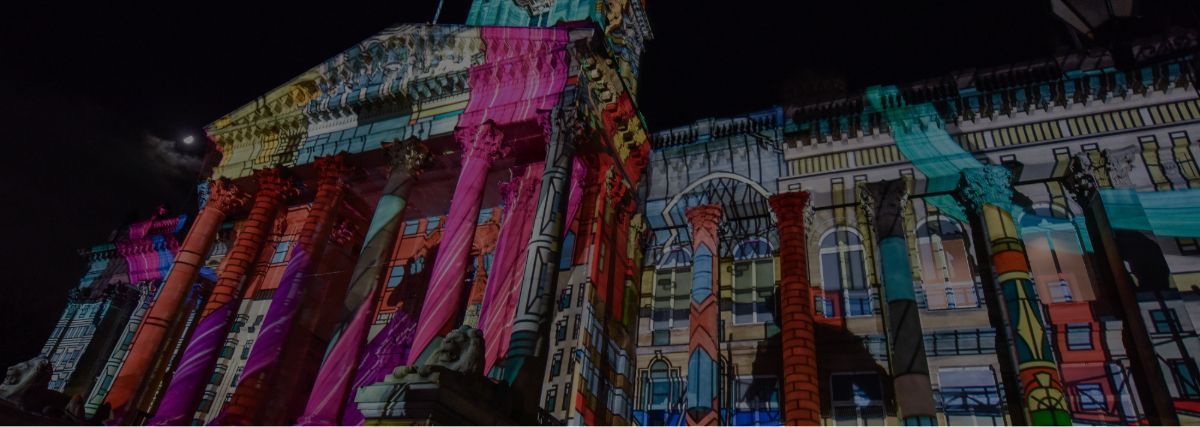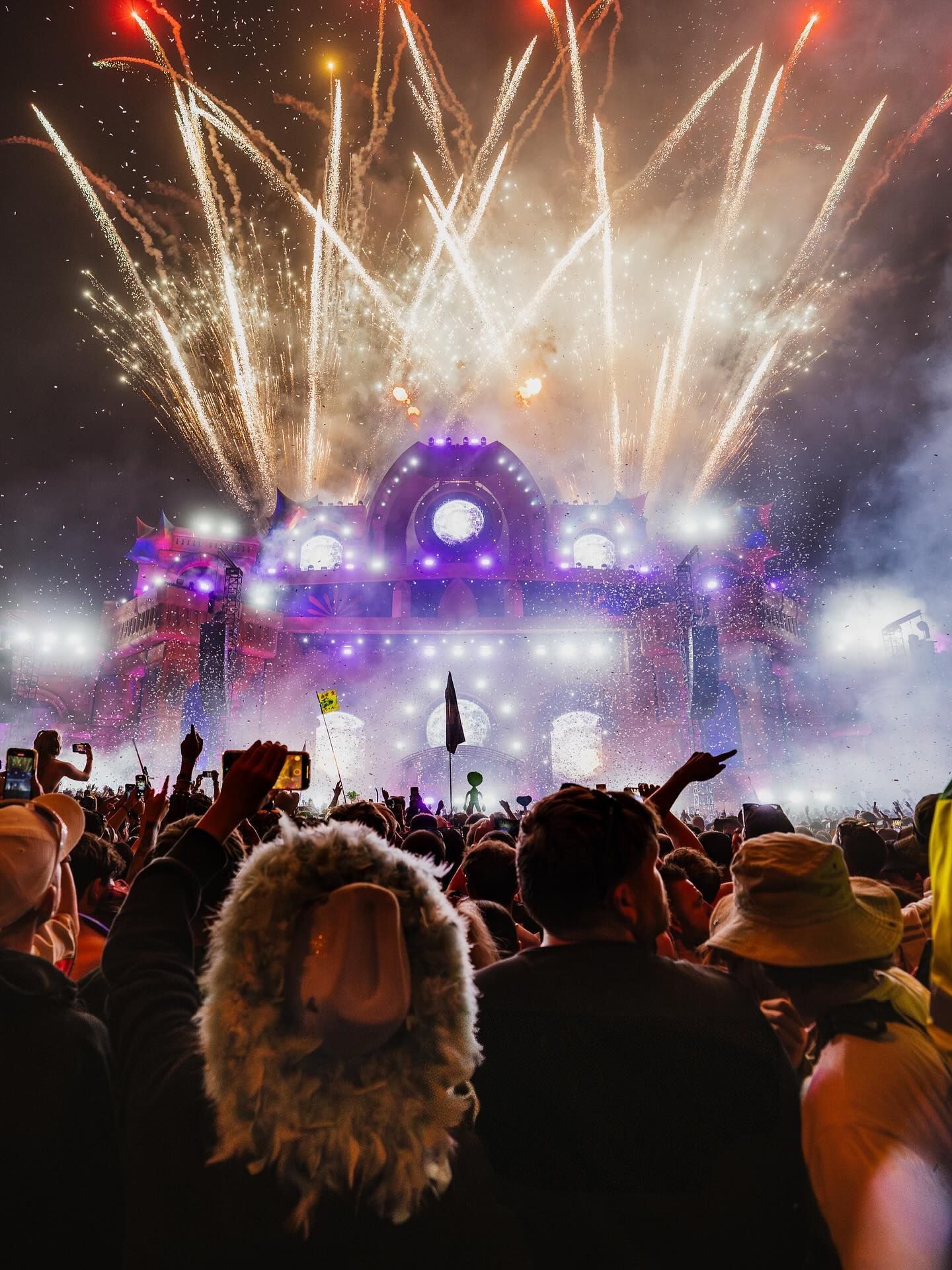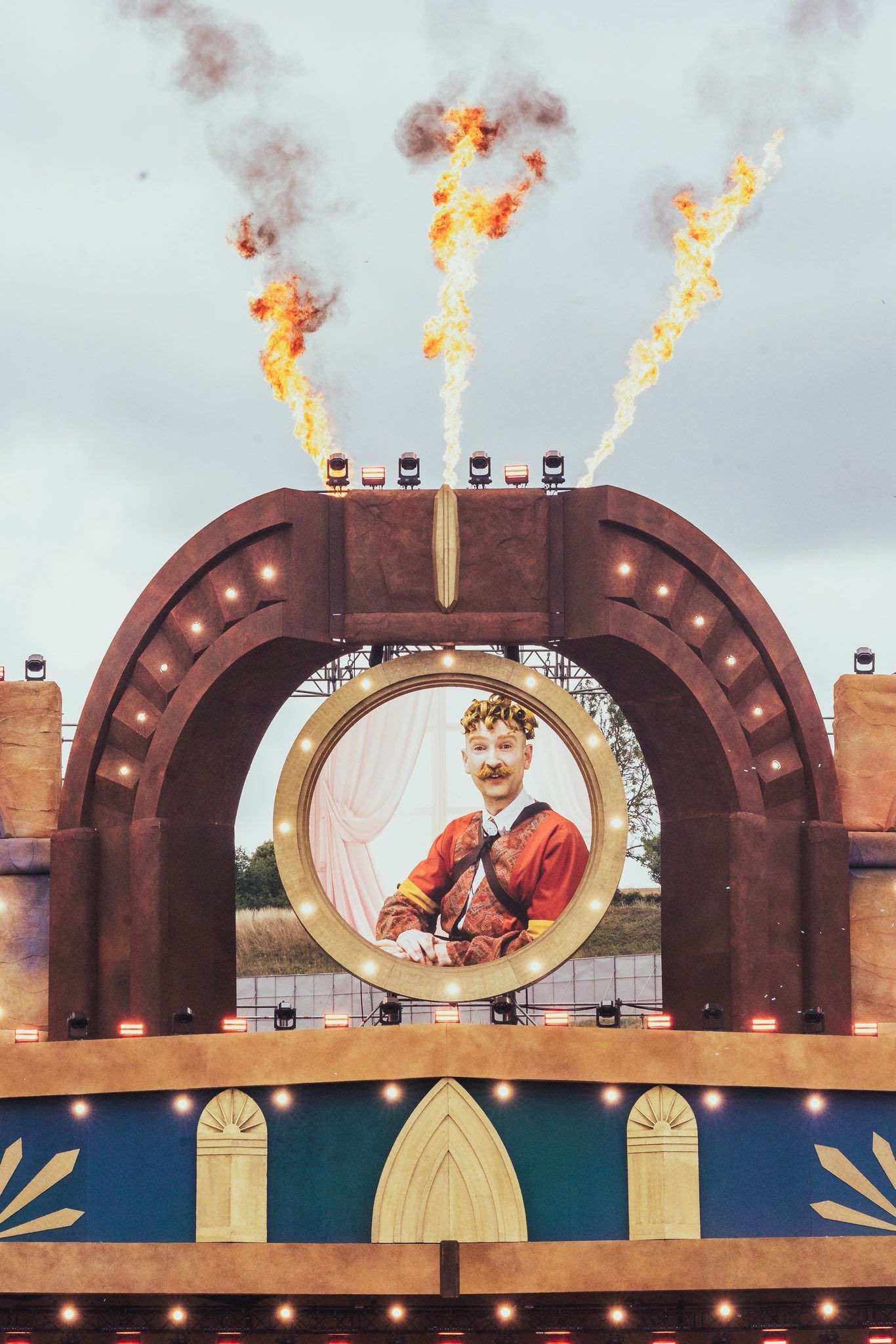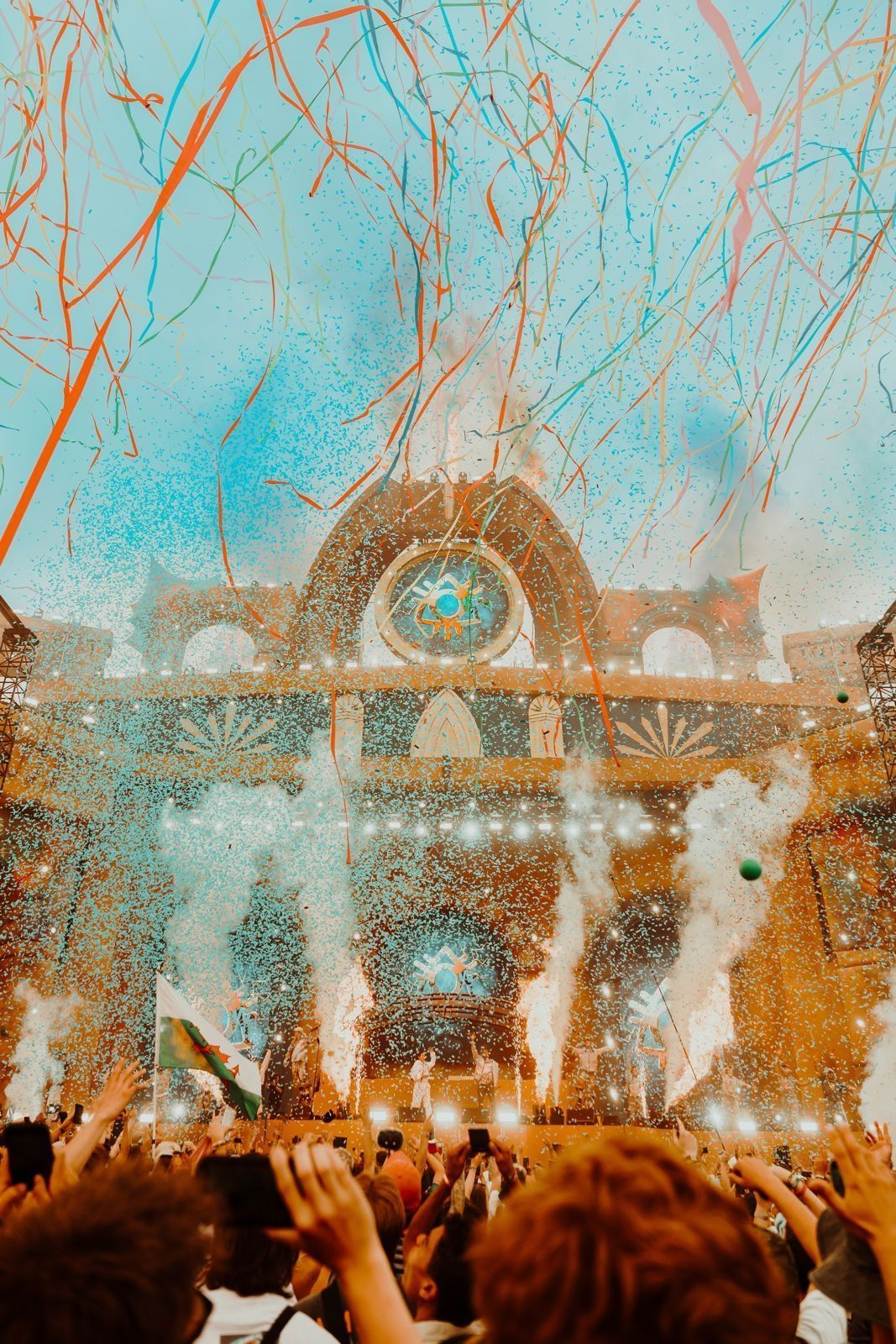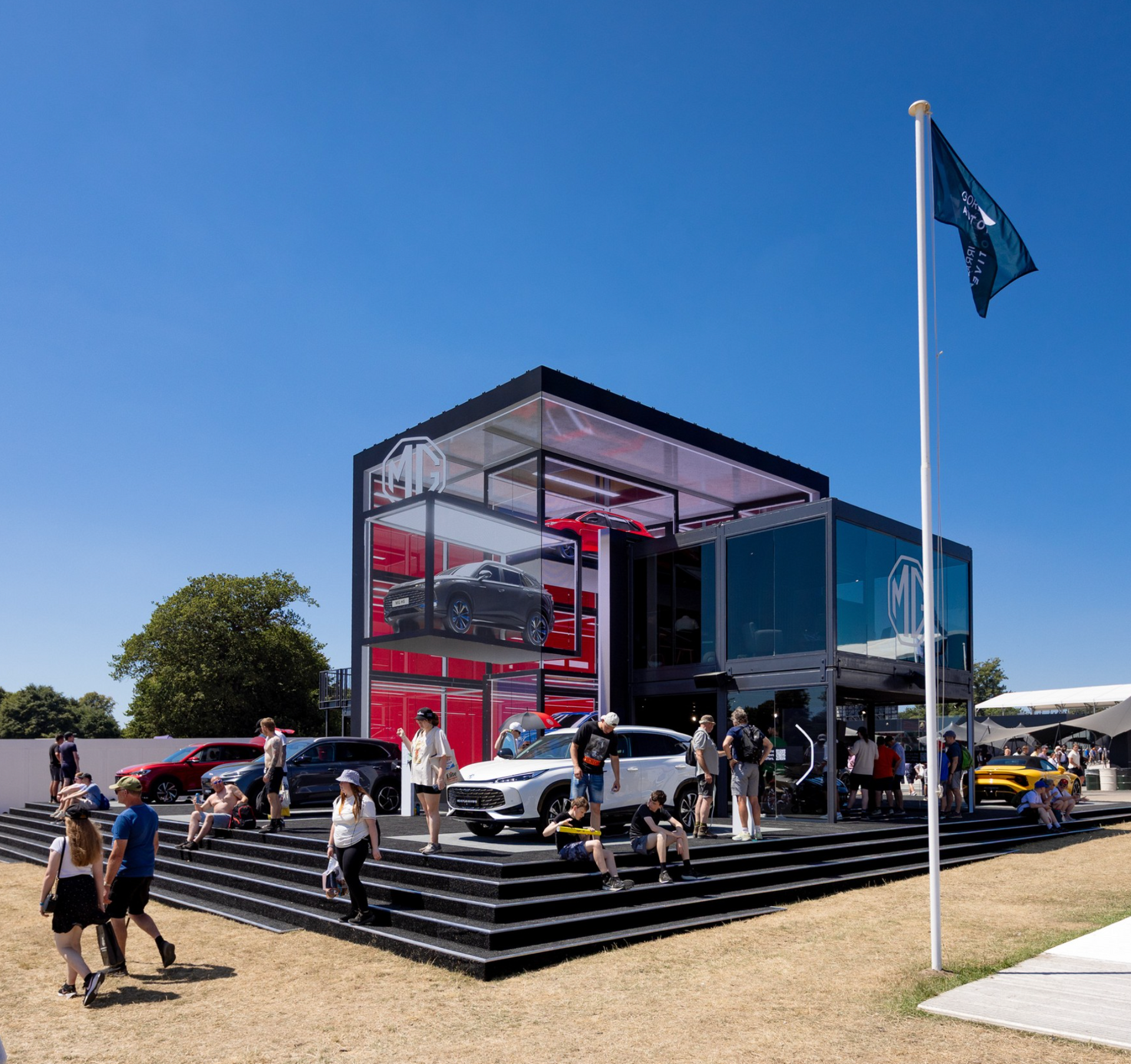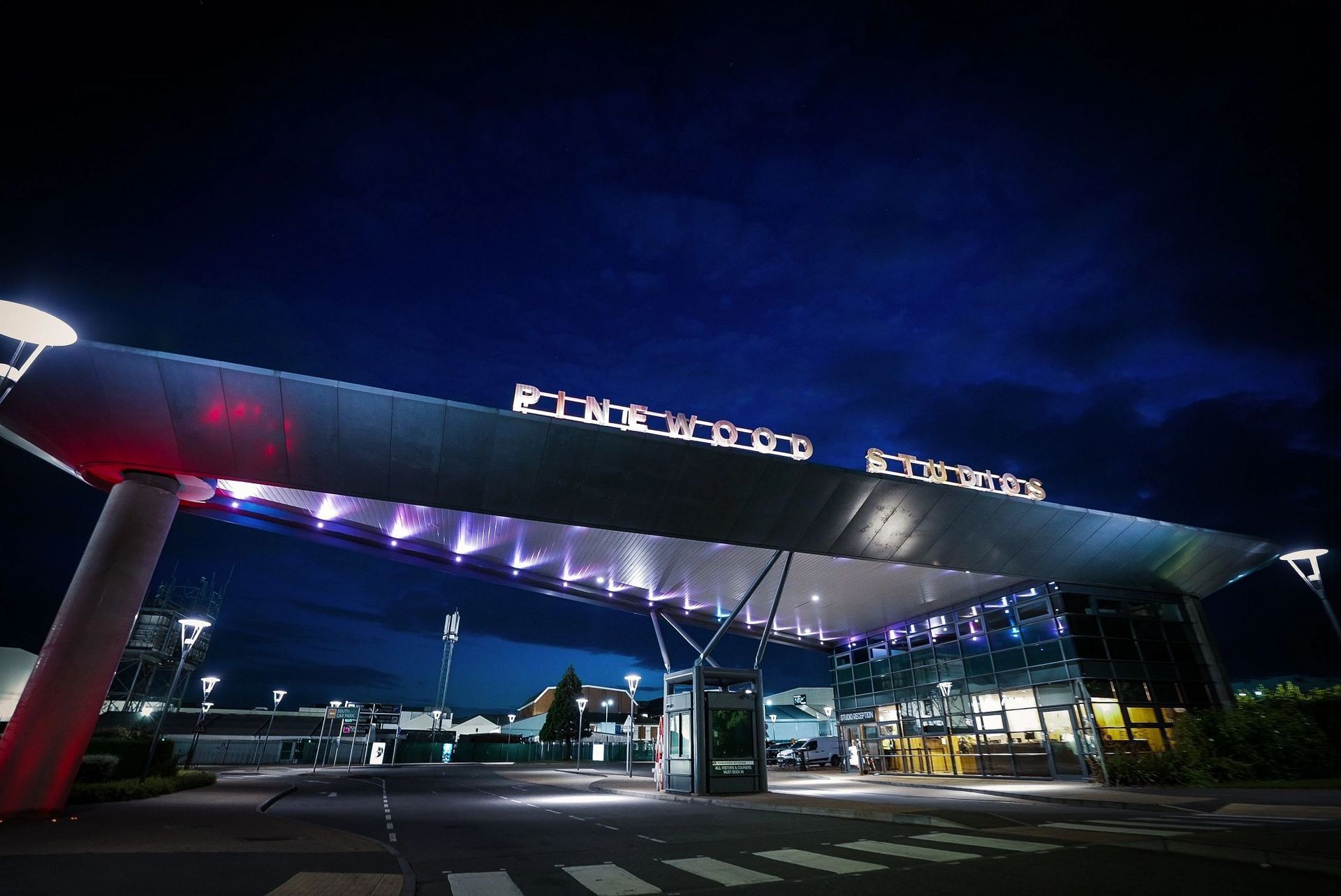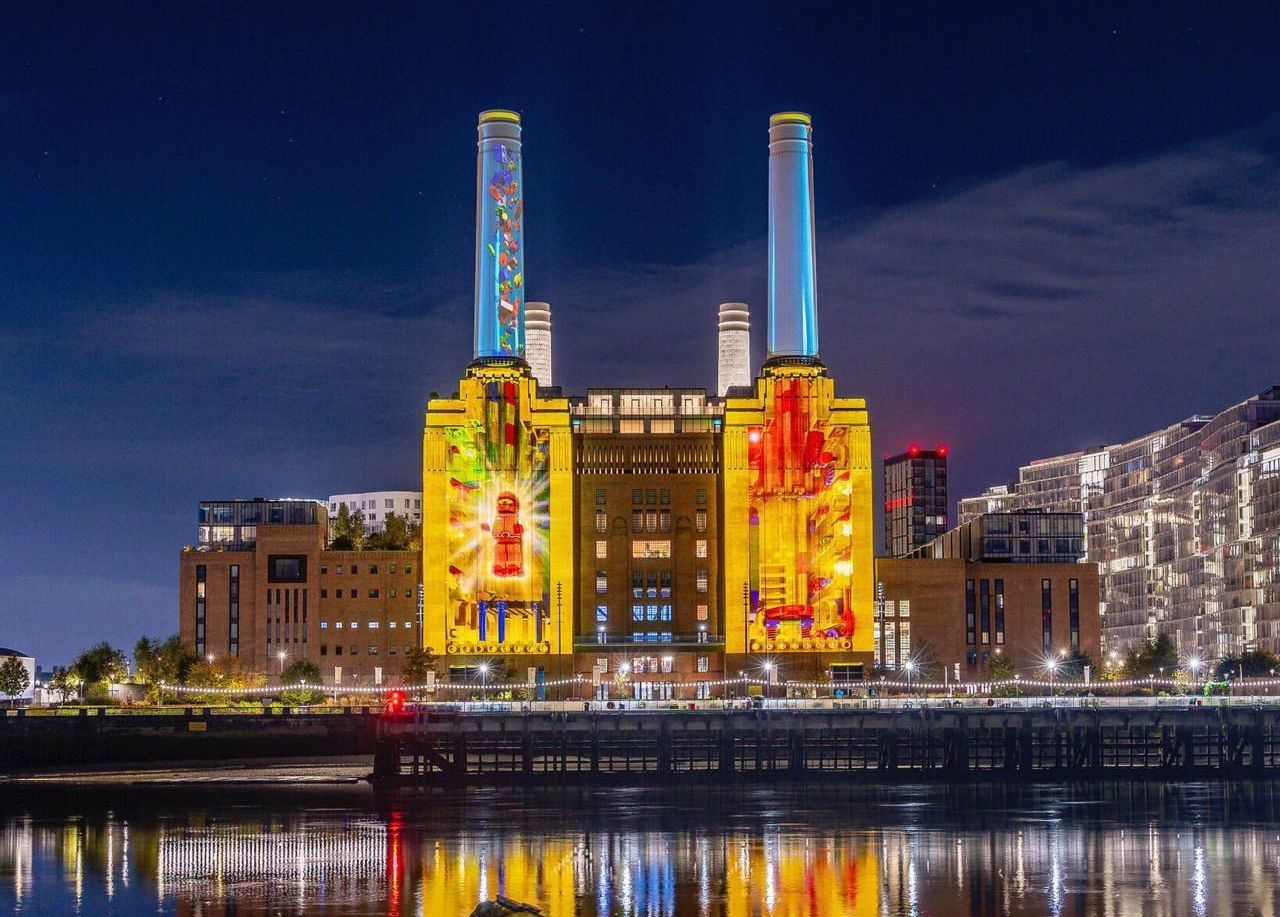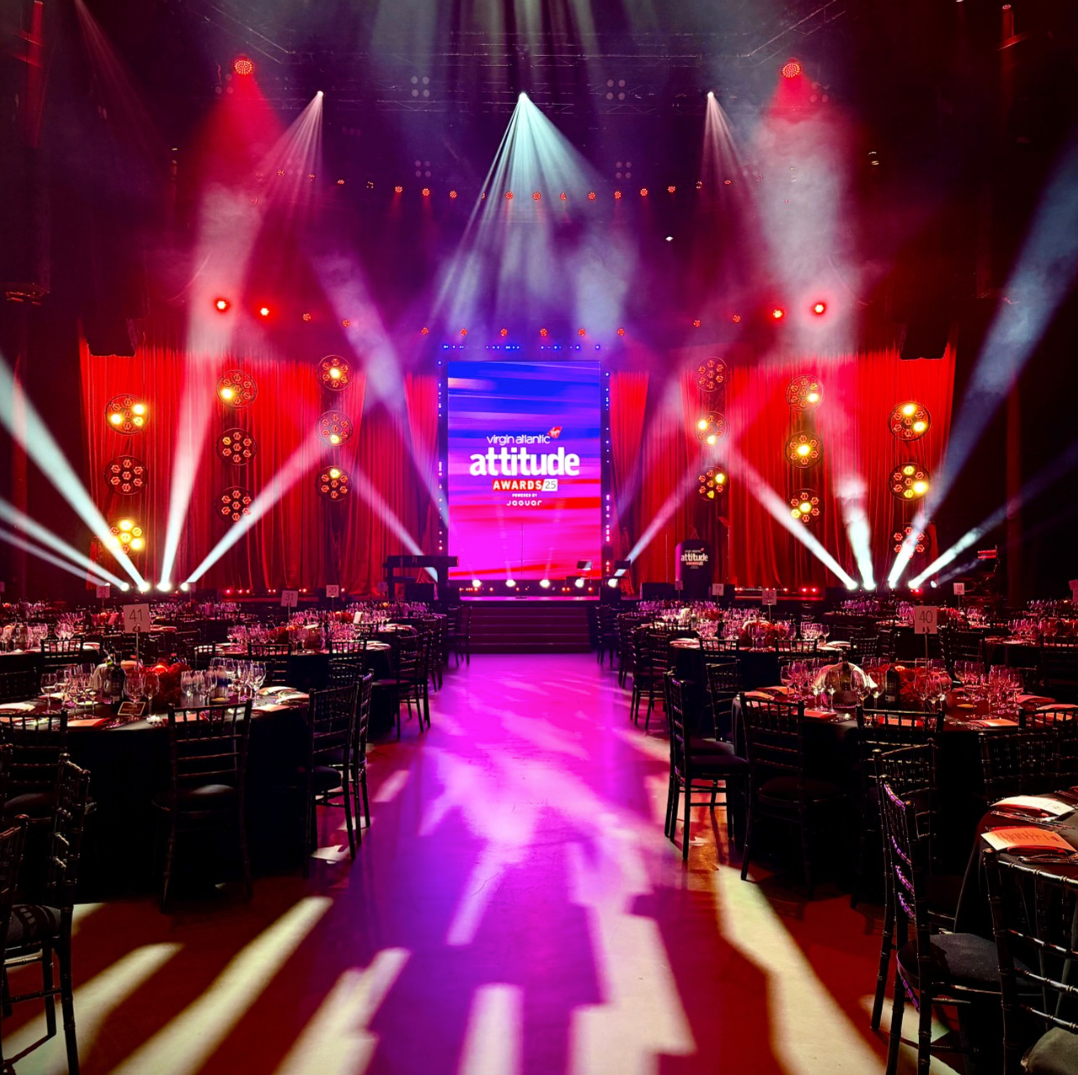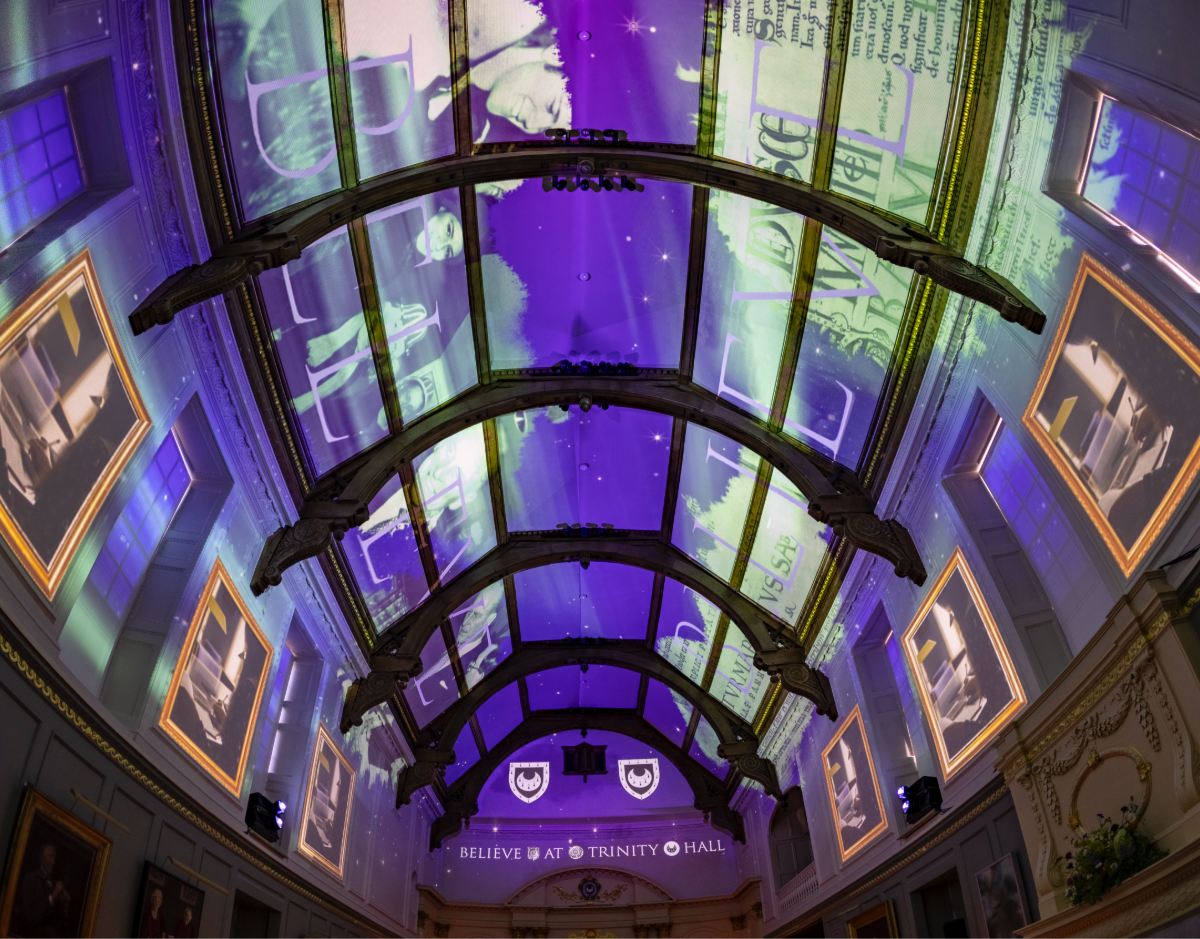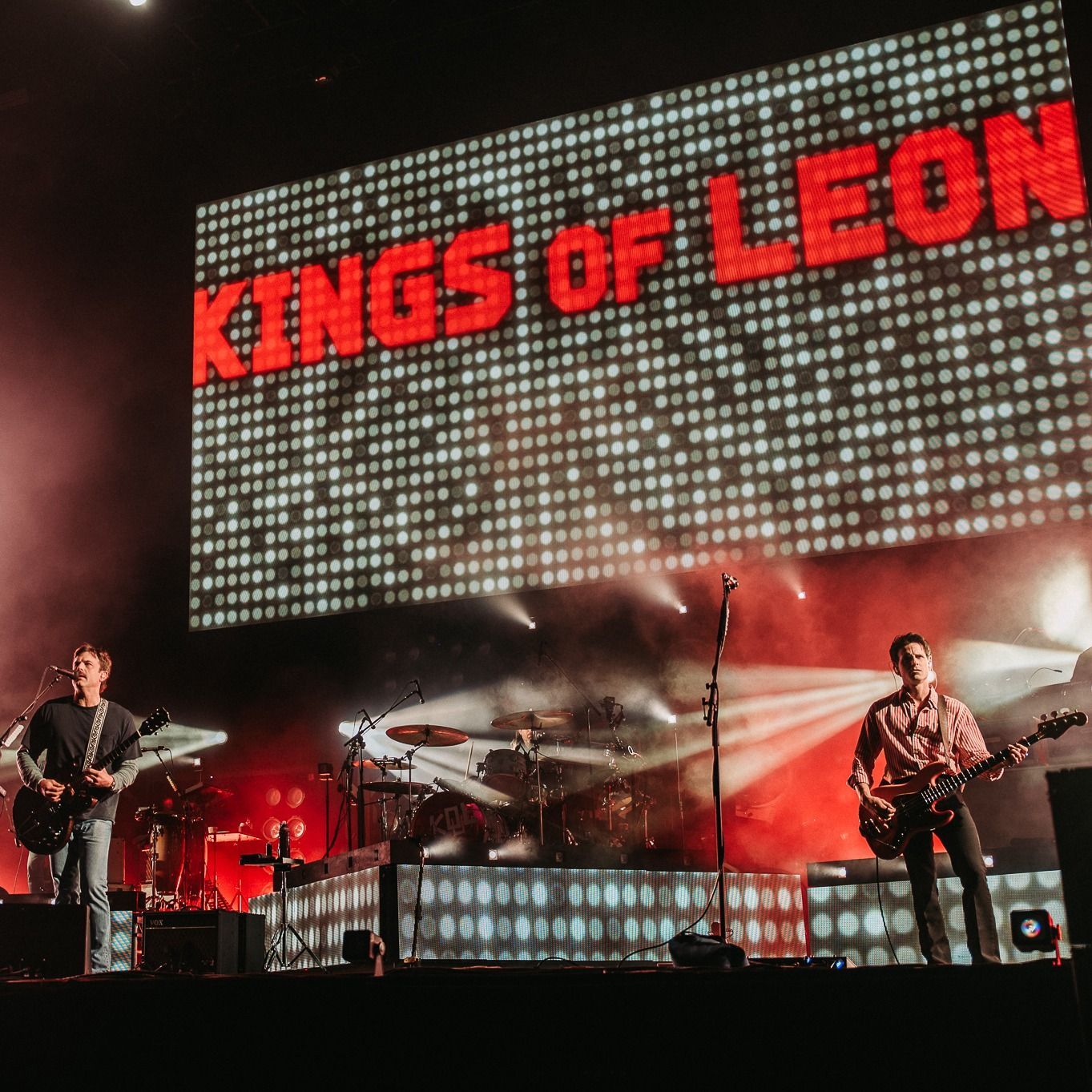Boomtown Festival 2025
Delivers LED & Control for Boomtown’s New Lion’s Gate Stage
Boomtown is far more than a music festival. It’s a living, breathing city of creativity, built from storylines, subcultures, and imagination. Held annually in the South Downs National Park, it attracts thousands of fans, artists, and creators who expect not just a show, but an experience.
In 2025, Boomtown introduced one of its most ambitious transformations yet: The Lion’s Gate, a bold new main stage constructed on the hallowed ground of the now-retired Origins stage.
The Lion’s Gate stage was designed to be a bold fusion of immersive storytelling and large-scale stagecraft. A physical structure with serious presence, it was also a digital canvas — intended to house dynamic, responsive video content across multiple LED surfaces, all choreographed with music, light and performance. This vision needed not just world-class technology but a delivery partner capable of uniting precision engineering with live event experience.
Renowned for our expertise in live video systems, LED technology and advanced playback control, AF Live entrusted iMAG and Graymatter Video to deliver the full LED and video control package for this landmark stage — as well as comprehensive control for Grand Central, another cornerstone of Boomtown’s immersive cityscape.
The Challenge:
From the outset, the Lion’s Gate brief presented both creative and technical complexity. The production designers envisioned six LED screens incorporated directly into the stage build, varying in size, shape, and placement, forming part of the architecture rather than sitting on top of it. These screens had to be bright enough to compete with natural light, sharp enough to hold their detail in wide-open spaces, and resilient enough to perform across several days of outdoor use without interruption.
At the same time, both Lion’s Gate and Grand Central required full video control systems, running synchronised media playback, and real-time content switching — all while remaining rock-solid under live pressure. With multiple creative teams involved, including artists, content providers, and show directors, the systems had to be flexible enough to support last-minute changes, yet robust enough to operate with total reliability from build to derig.
The Solution
To meet the creative brief and technical demands, we supplied and installed a total of 312 ROE Visual BQ4 LED panels across the Lion’s Gate stage. The BQ4 range, chosen for its exceptional brightness and colour fidelity, was more than capable of holding visual impact in broad daylight while maintaining image consistency across six individual screen surfaces.
Behind the screens, a fully integrated control solution ensured everything worked flawlessly. For Lion’s Gate, our team deployed an Aquilion RS4, paired with a Disguise GX2c media server to handle playback and time-coded content sequencing. Video signal distribution was managed using Lightware’s OPTC 220 fibre infrastructure, supporting 4K delivery across distances without latency or loss. The system also included Blackmagic 4K SDI fibre, allowing for flexible input/output paths for live feeds and backups, as well as a network of Marshall and Panasonic PTZ cameras for discreet live capture during performances.
At Grand Central, we supplied a parallel system built around Barco’s E2 Gen2 processor, giving the production team powerful control over multiple inputs and outputs. This system was again paired with Disguise, Lightware, and Blackmagic infrastructure to ensure consistency across both sites. iMAG’s on-site team managed the prep, rig, and programming, remaining on-hand throughout the show days to support real-time operation and provide creative flexibility for VJs.
The Result
The result was a stage that didn’t just look incredible — it lived and breathed with the performance. Lion’s Gate became the focal point of Boomtown 2025, combining imposing structural design with vibrant, fluid visual content that wrapped around the artists and pushed the boundaries of what a festival stage could be. For the audience, the experience was immediate and immersive. For performers and creative teams, the stage became a responsive canvas that elevated each set to cinematic heights.
Across both Lion’s Gate and Grand Central, iMAG delivered flawless performance. Playback and control systems ran smoothly throughout the event, handling content changes, camera inputs, and live adjustments in real-time. Our BQ4 screen proved to be the perfect choice for this environment, delivering exceptional brightness and clarity that cut through daylight, maintained vivid colour accuracy after dark, and withstood the demanding conditions of a live outdoor festival.
Equipment used:
- ROE Visual Black Quartz 4 LED Screen
- Megapixel MVR 4K Processors
- Analog Way Aquilon RS4
- Disguise GX 2C
- Barco E2 Gen 2
